In 1966, Cuc Phuong forest (located in the three provinces of Ninh Binh, Thanh Hoa, Hoa Binh ) was the first named National Park in Vietnam, marking the beginning of nature conservation and biodiversity on the S-shaped strip of land.
With outstanding features, each national park is a unique conservation area and a destination with its own attractive features: Phong Nha - Ke Bang ( Quang Binh ) is known as the land of caves; Cat Ba (Hai Phong), Pu Mat (Nghe An), Xuan Thuy (Nam Dinh), U Minh Thuong (Kien Giang), U Minh Ha (Ca Mau)... are world biosphere reserves; Ba Be (Bac Kan), Tram Chim (Dong Thap), Con Dao (Ba Ria - Vung Tau)... are places with important flooded forests (ramsar) recognized by the world.
For scientists, researchers of geology, topography, geomorphology, flora and fauna, national parks are ideal destinations for research. Many national parks in Vietnam are home to endangered species and many valuable genetic resources listed in the world's red book. National parks are places for researchers andeducators , but they are also community destinations as they are open to nature lovers - simply coming here to enjoy the fresh air to rest and relax.
From the thousand-year-old acacia tree or the fluttering butterfly garden in Cuc Phuong, the red-headed cranes in Tram Chim to the important layers of vegetation in the typical dry garden in Nui Chua (Ninh Thuan) or the million-year-old geological tectonic plates in Phong Nha - Ke Bang... are all subjects of interest to both scientists and tourists.
Young people who love adventure can choose trekking routes through national parks such as Du Gia (Ha Giang), Bach Ma (Thua Thien Hue) or backpacking on dangerous roads in Hoang Lien forest (Lai Chau - Lao Cai), floating on the lagoons of Xuan Thuy, Tram Chim... Cross-country races through national parks such as Hoang Lien, Bidoup Nui Ba (Lam Dong), Nam Cat Tien (Dong Nai - Lam Dong - Binh Phuoc) with routes of 10km, 21km, 42km, 70km or 100km are also ways for sports lovers to conquer and make friends with the green forest.
National Parks are also creative spaces for many photographers. The changing landscapes of the four seasons in national parks are a source of inspiration for photographers: from cloud hunting to the ripe rice season, harvest season or flood season... to exploring the underground world with magical stalactites, wild animals... Not only that, national parks are also living spaces for many ethnic minorities. Their daily activities, festivals and customs are also creative subjects for photographers.
Heritage Magazine







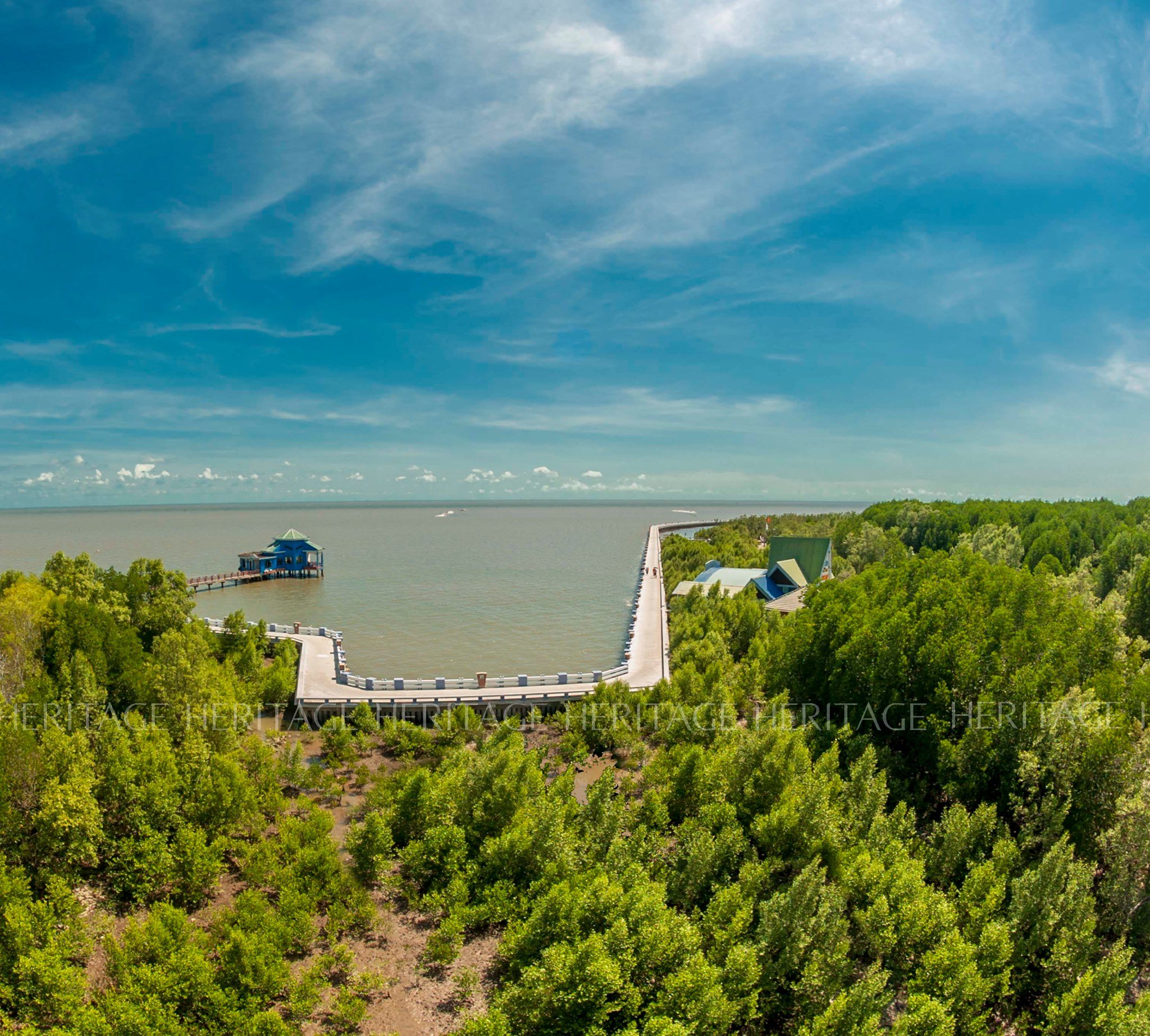
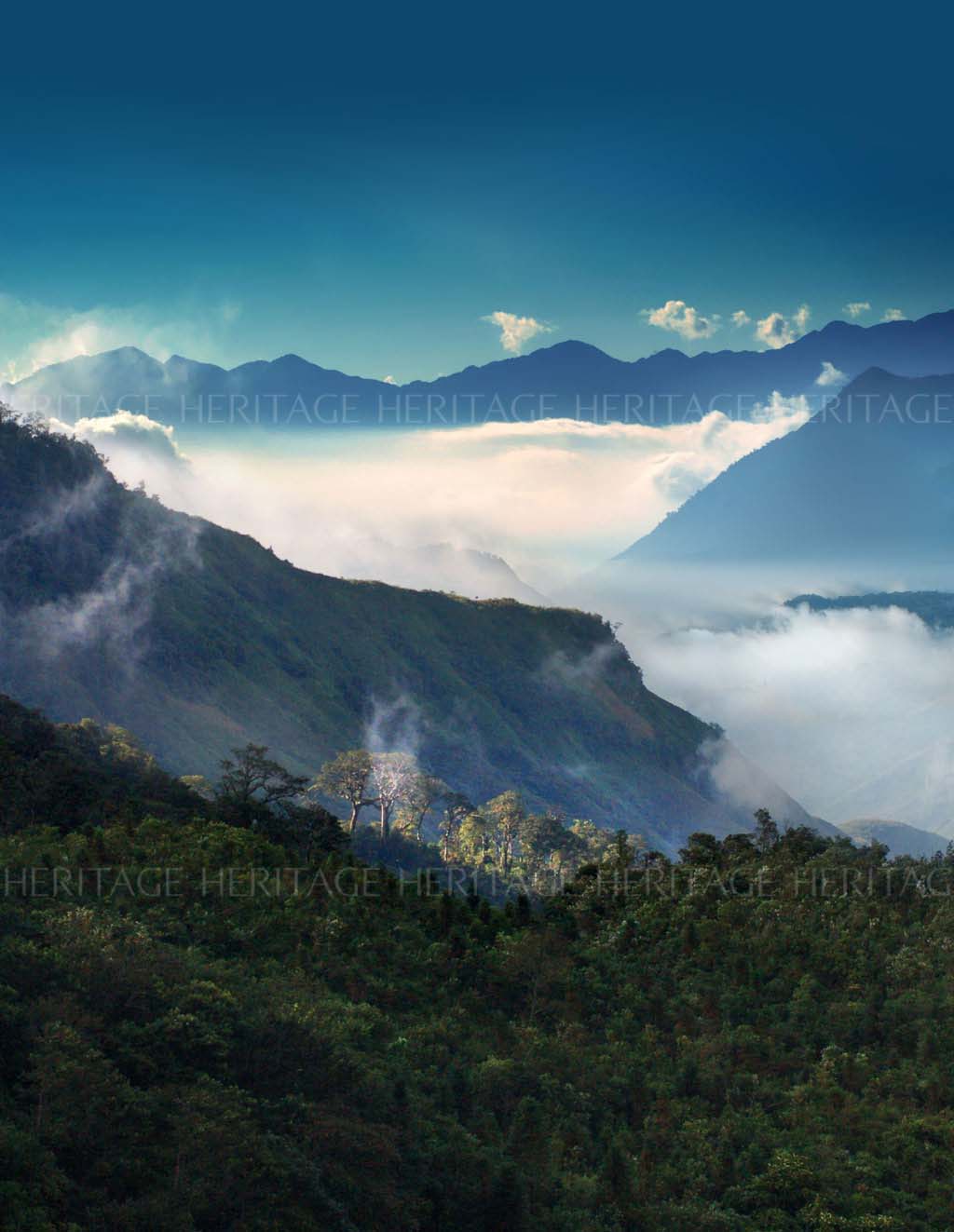

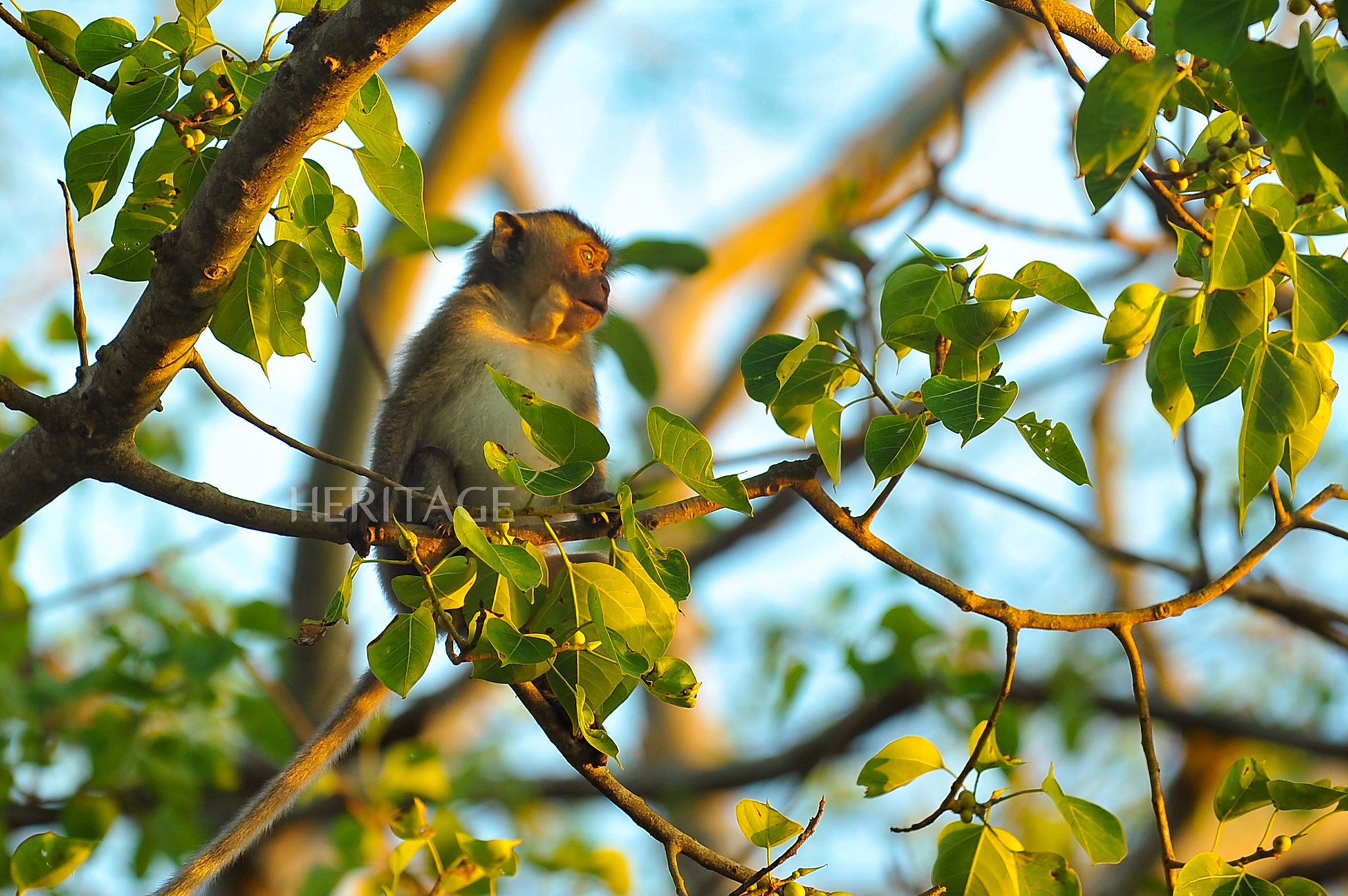



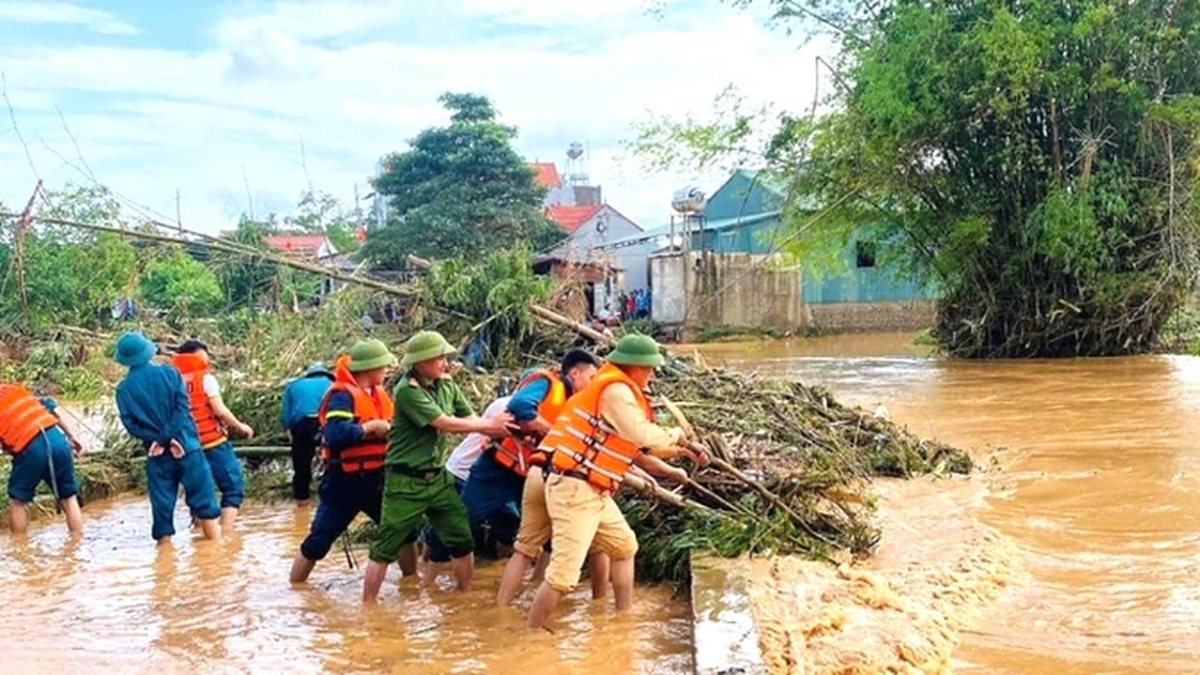


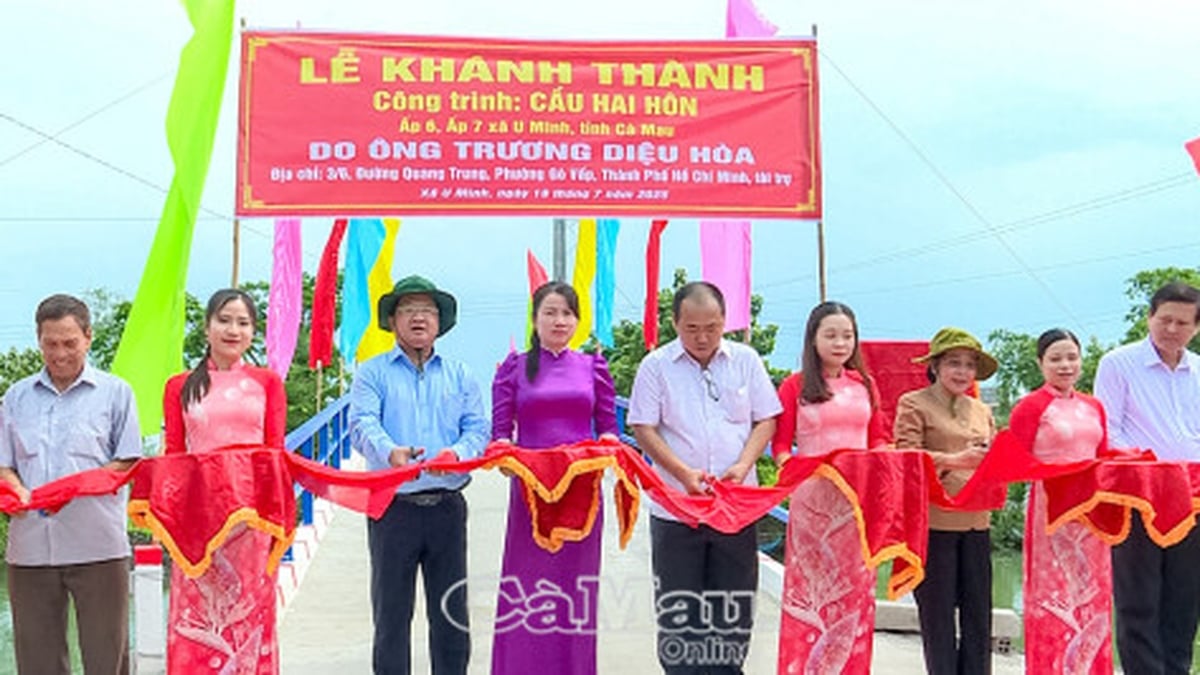

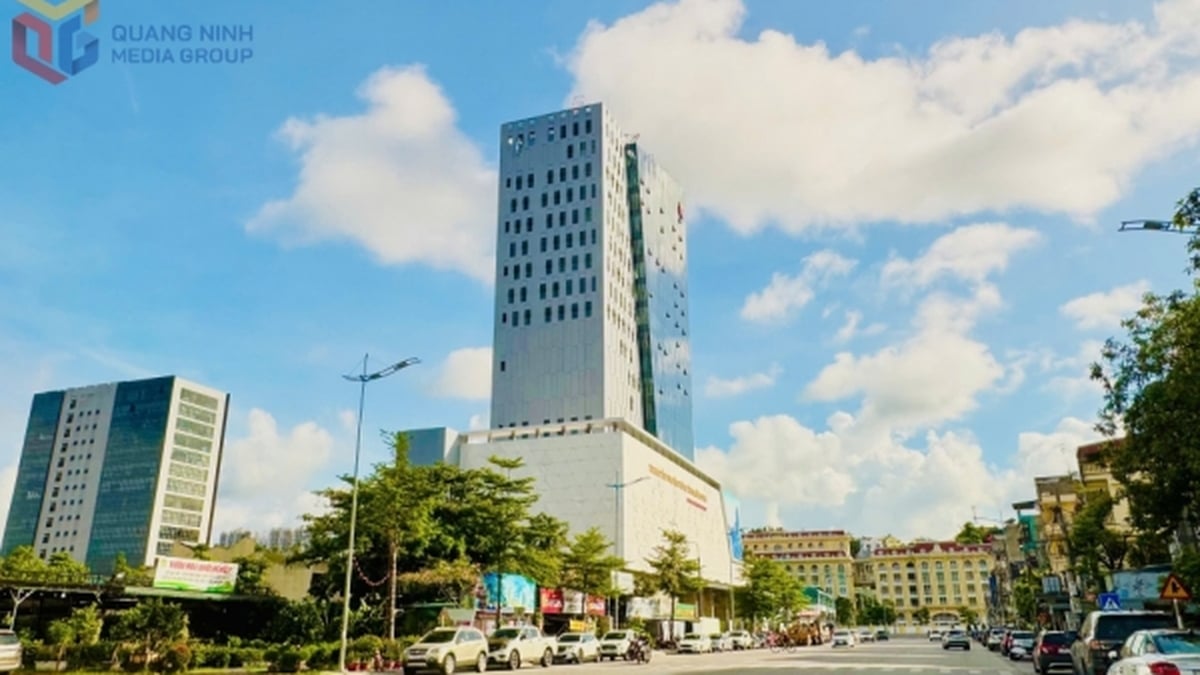





























































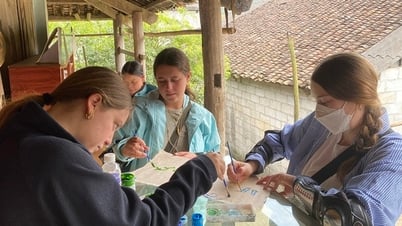





























Comment (0)